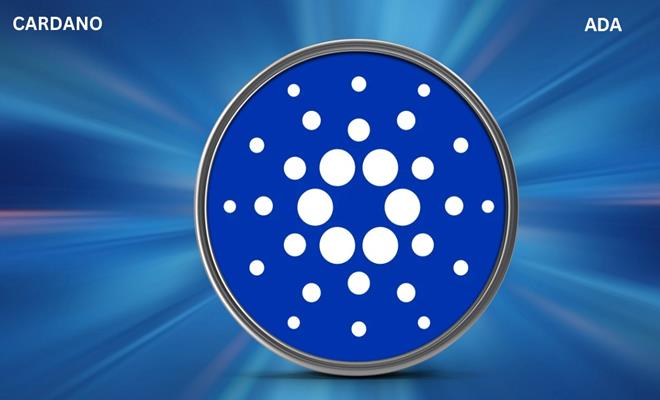
Cardano ADA
Everything about Cardano
CARDANO – ADA
• PoS Blockchain platform aimed to allow“changemakers, innovators and visionaries” to bring about positive global change.
What is Cardano – ADA
• ADA: digital coin to store or exchange value
• Cardano: decentralized blockchain network based on scientific and mathematical principles, used also to build smart contracts and create DeAPPs and protocols.
Who created Cardano?
• Charles Hoskinson – Ethereum co-founder – he wanted a more standardized and scalable blockchain.
• Jeremy Wood – former co-worker at Ehereum – he was looking for a smart contracts platform
Thanks to their mathematics and scientific background, they decided to work together in the Cardano –ADA project in order to reach their goal
Project goals:
• Provably secure blockchain less prone to attacks
• Separation of accounting and computational layers
• Creation of a Secure voting mechanism for token holders
• Infinitely scalable consensus mechanism
Cardano blockchain architecture
Two core components:
• The Cardano Settlement Layer (CSL)
• Account unit
• Where token holders instantaneously exchange ADA with minimal transaction fee
Open source code written using Haskell
Ouroboros: Cardano’s PoS blockchain protocol
A consensus mechanism for:
• Secure and instantaneous ADA transactions
• Ensure the safety of smart contracts
• Reward token holders staking ADA to the network, enhancing network consensus
Ouroboros mechanism:
• Few nodes selected to mine new blocks, the Slot leaders
• The blockchain is splitted in slots, called epochs
• Slot leaders can either choose on which epoch to mine, or subpartitionate one
• An epoch can be partitioned several times àinfinite scalability potential
Ouroboros peculiarity: Mathematical security
Other blockchains claim random selection of their block validators, with no evidence of such randomization.
• Provable random validator selection à
• Fair chances to block mining for token holders who stake ADA to the Cardano
network (and get a reward)
• No necessity of high computational power (as for PoW) blockchain network
• Objectively fair staking model
Dedalus: Cardano wallet for ADA cryptocurrency
• Blockchain node àcontrol over user personal funds high transparency over the Cardano blockchain
• Chance to stake by token holders & get reward:
• For ADA delegation
• For running staking pool within the wallet
- Stake holders cryptocurrency reward
- Network supporting
Uses of ADA Cardano:
• Transfer value as for ETH or BTC
• Keep the system safe and secure: stake holders help in transaction validation process and get rewarded for that
• Right to vote: changes and developments are proposed to the Cardano blockchain, stake holders can vote on those
• In the FUTURE: run smart contracts and application on a decentralised blockchain
Is Cardano really better than Ethereum?
Cardano Ethereum
Start date: September, 2017 January, 2014
Figurehead/Leader: Charles Hoskinson Vitalik Buterin
Consensus mechanism: PoS PoW (moving to PoS)
Programming Language: Haskell Solidity
Architecture: 2-layers 1-layer
Cardano’s Roadmap
5 different phases have been identified. Currently, Cardano is past the Shelley stage, working on the latter half of its phases
• Byron – Architecture foundation & functionality tests
• Shelley –Cardano mainnet launch & blockchain network decentralization
• Goguen –Smart contract platform implementation (decentralized applications building)
• Basho – Scaling: optimization & improved performance.
• Voltaire –Treasury and voting systems.
Supply
• Total supply: 45 Billions ADA
• Initial sale: roughly 26 Billions ADA
• Currently: 31,1 Billions ADA
